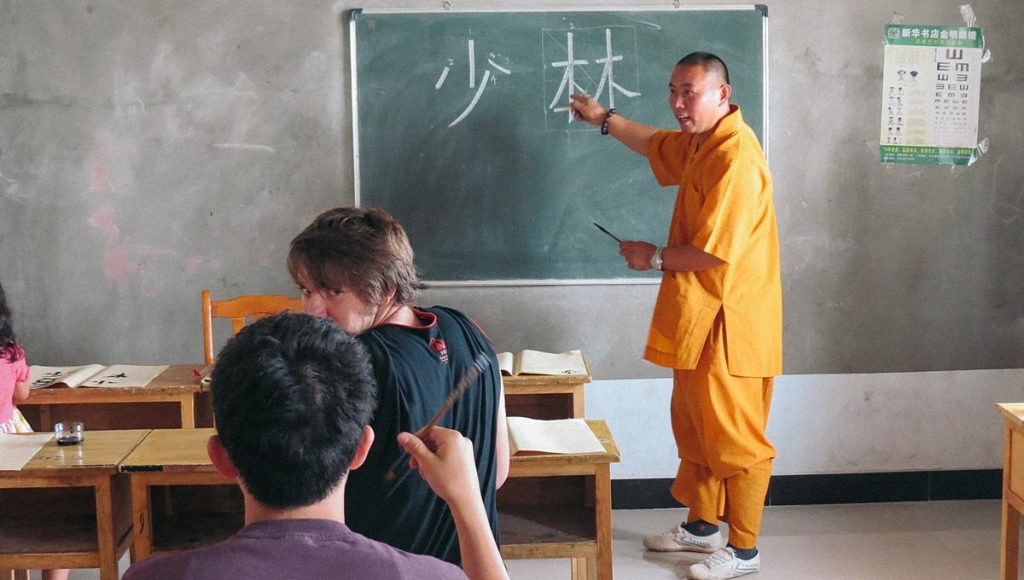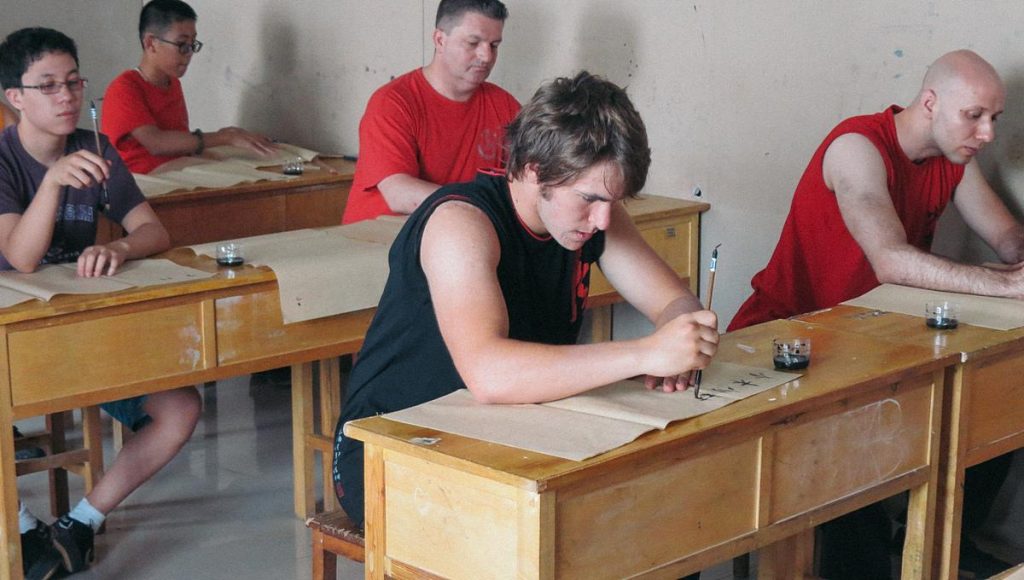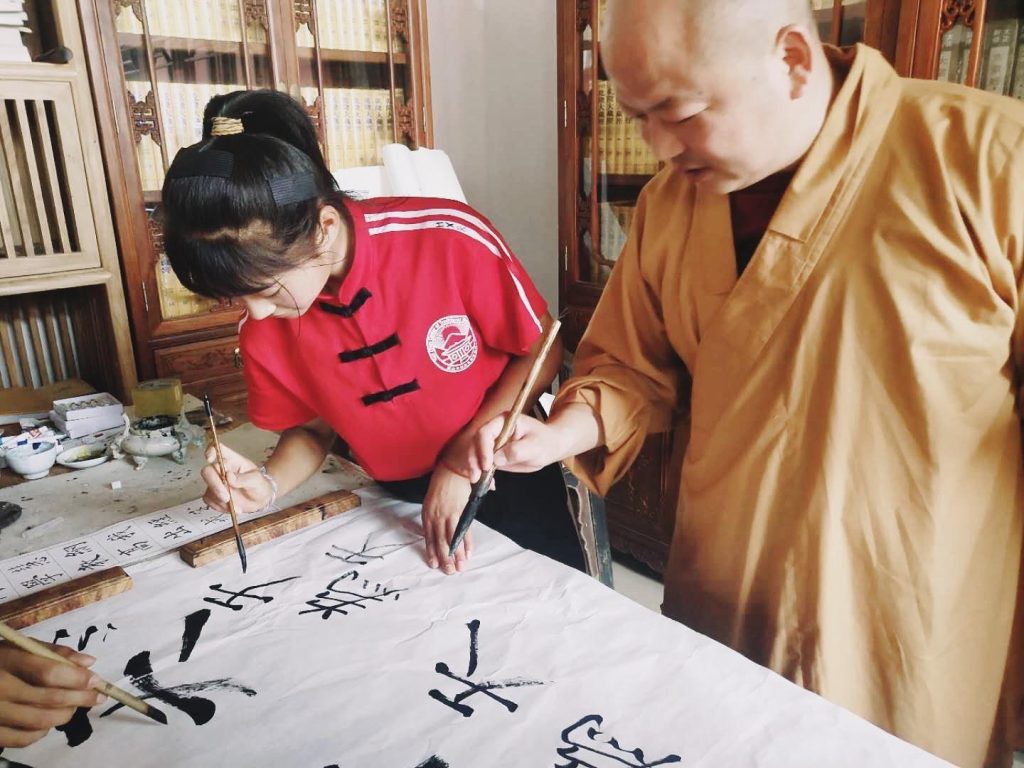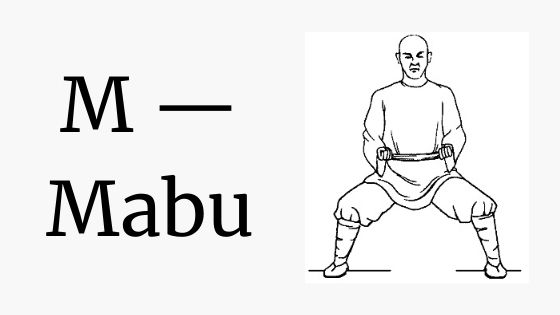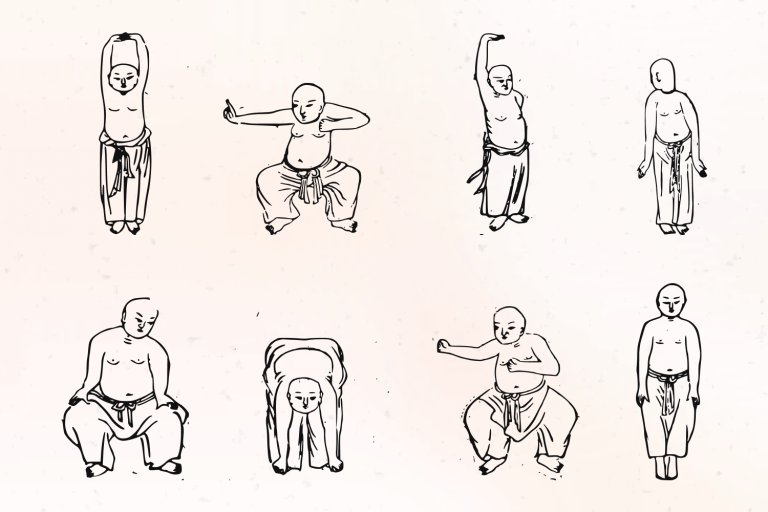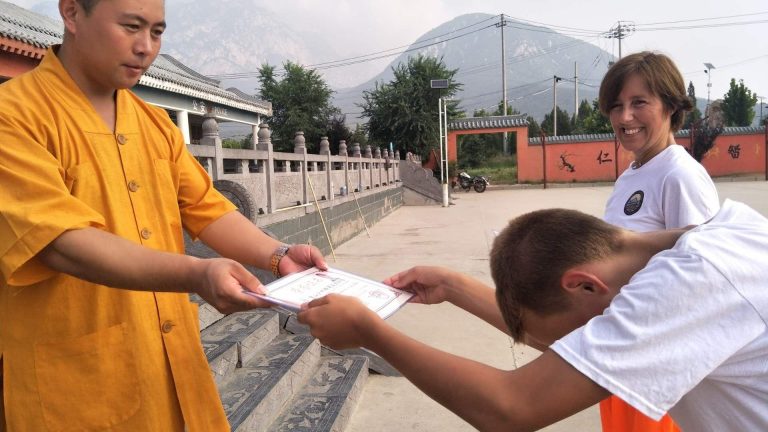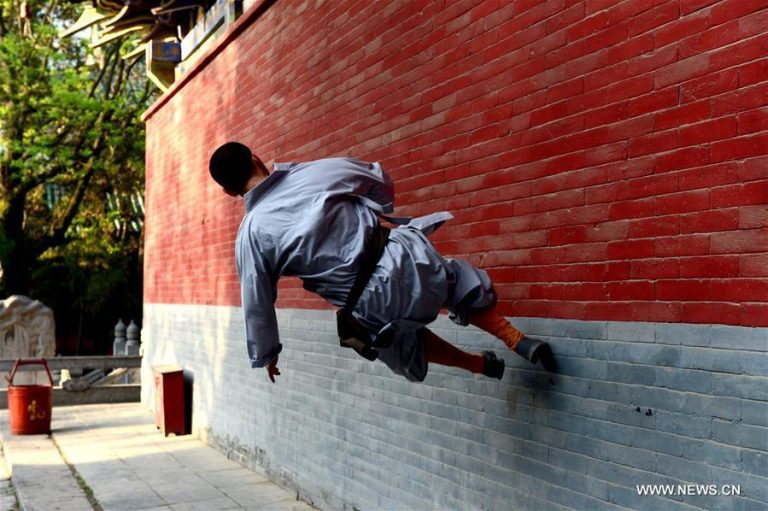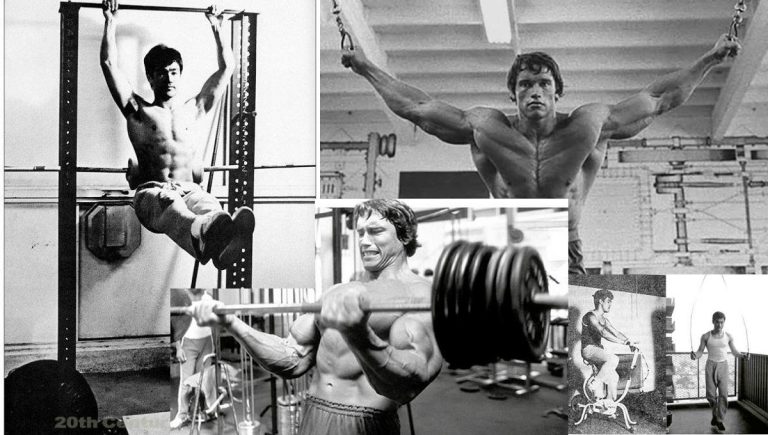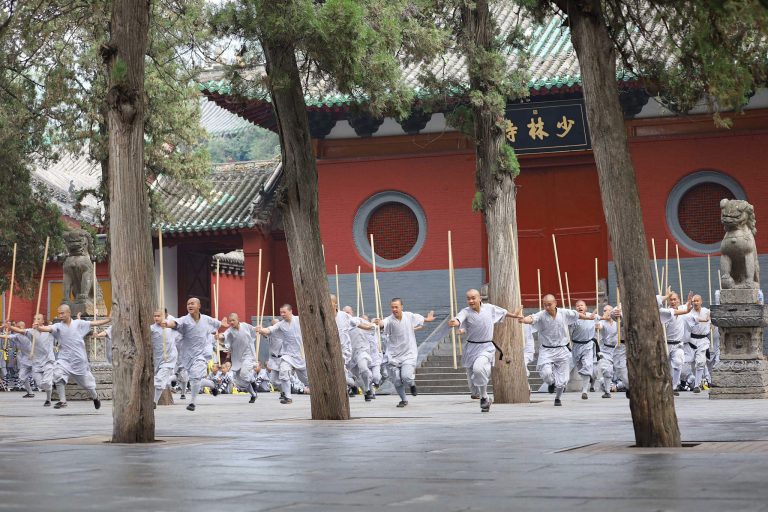中国語と書道のクラス
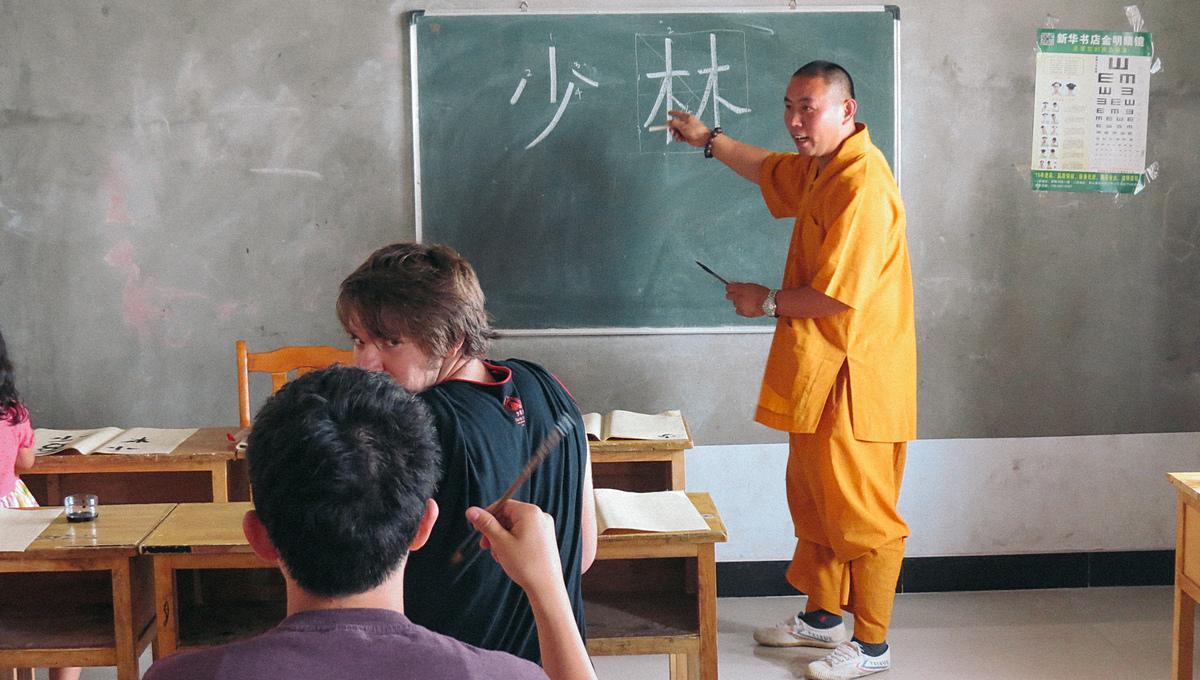
Traditional kung fu includes a set of practices, physical and spiritual. And there is no physical progress if the inner and outer do not develop together. Historically, the spiritual components of the Chinese martial arts include qigong, meditation, breathing practices, concentration exercises, calligraphy and language learning.
At any Shaolin Kung Fu school the opportunity to take Chinese lessons and practice calligraphy is included in the curriculum. Usually larger schools have this option for an additional fee, while smaller schools often have it included in the cost.
カンフーの達人、シ・ヤンチェンの学校では、中国語(北京語)と書道のクラスが、リーズナブルな料金で毎日開講されています。
How will you learn Chinese (Mandarin)
Our training programs from scratch are based on immersion techniques. The undeniable advantage compared to the Chinese language courses in your city is that you have the opportunity to practice speaking, communicating with native speakers every day, and this contributes to rapid progress.
Learn a living language and apply it immediately. You will learn all the nuances and subtleties of different dialects, learn to apply the key to understand you and the peasants, and educated businessmen.
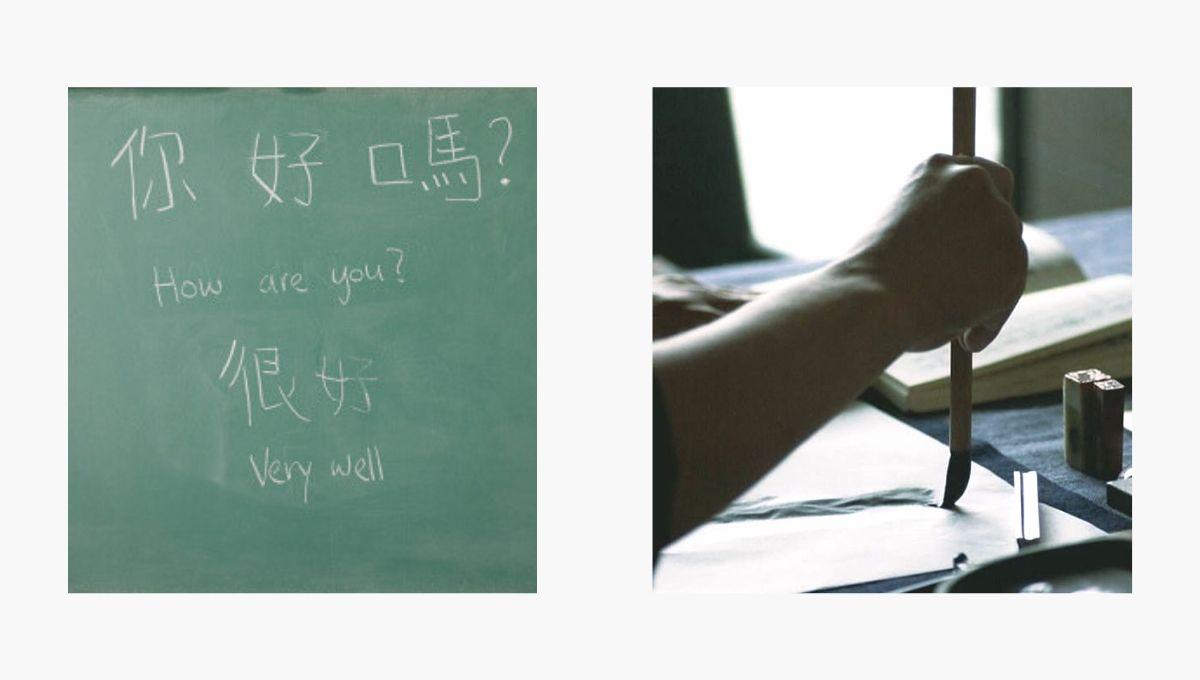
Chinese lessons for beginners combine all aspects of the language:
- reading
- writing (simplified characters and Pinyin)
- talk
- audition
- grammar
- phonetics
You study society, history, culture and talk on everyday topics with native speakers. Accelerated learning methods allow even absolute beginners to start communicating on everyday topics in just a couple of weeks.
Calligraphy and kung fu. Communication — in motion
Calligraphy is the ancient art of depicting words. The first calligraphers were ancient people who left drawings on the walls of caves, but only in the East the images of words with hieroglyphs reached perfection and turned into art.
Rhythm is what unites wushu and calligraphy. Hieroglyphs, like forms of movement (taolu), require clarity of lines, balance, and the relationship of movement and statics. Energy “qi” moves freely within the body and flows smoothly through the master’s brush into the smooth lines of the character.
Learning calligraphy is an important element in mastering kung fu.
Calligraphy can be practiced with any level of knowledge of the Chinese language. A lot of time is initially given to the choice of brush, mascara density and work on the basic features. And if you want to progress in skill, you will have to seriously study both the history and culture of China, for example, to understand at a deep level the rhythms of emptiness and fullness, the terms “Tao” (道, dào), “qi” (气, qì). After all, even the point in calligraphy is a complex composition, and its application does not tolerate fuss.
In the school of master Shi Yanchen these lessons are given a mandatory important time, they are akin to meditation, and are of deep importance for the development of kung fu.

